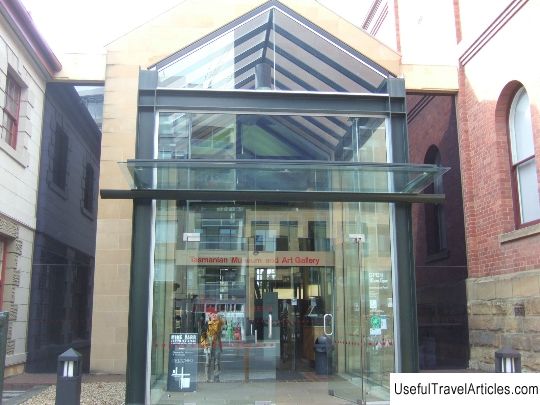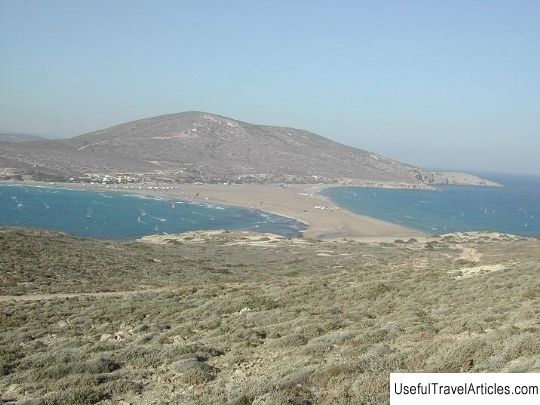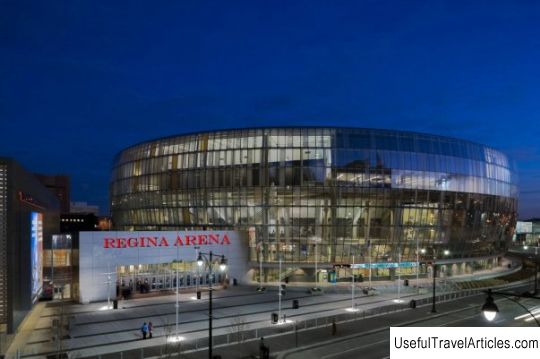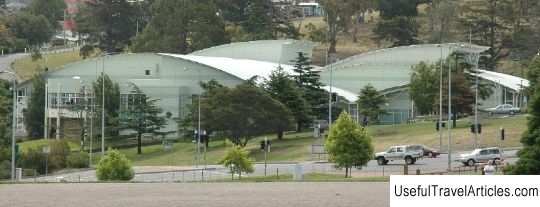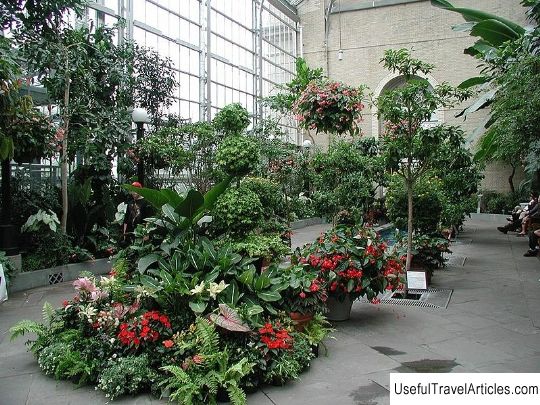The Royal Tasmanian Botanical Gardens description and photos - Australia: Hobart (Tasmania)
Rating: 8,2/10 (800 votes) 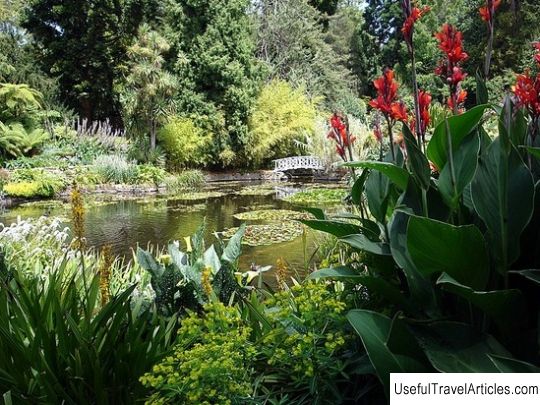
The Royal Tasmanian Botanical Gardens description and photos - Australia: Hobart (Tasmania). Detailed information about the attraction. Description, photographs and a map showing the nearest significant objects. The title in English is The Royal Tasmanian Botanical Gardens. Photo & DescriptionThe Royal Botanic Gardens of Tasmania are spread over an area of 14 hectares near the center of Hobart. Founded in 1818 on the east bank of the Derwent River, this botanical garden is the second oldest in Australia. Some of his collections of plants and trees date back to the 19th century. It also contains a unique collection of endangered Tasmanian plants. Its most interesting exhibits are the Royal Lomatia and the world's only Subantarctic Plant Pavilion. This pavilion contains plants of high southern latitudes, for which special climatic conditions have been created that reproduce their natural habitat - dank thick fogs. Most of these plants come from Macquarie Island. And in total in the botanical garden you can see about 6.5 thousand plants! During a walk among all this floristic diversity, you can see the largest collection of conifers in the southern hemisphere, a quiet Japanese Garden, an impressive greenhouse with a fountain, a garden of herbs that drive you crazy with its unique scent, and the Pita Plot vegetable garden "Created by the famous Tasmanian gardener Peter Kundall. The Lily Pond, created in the 1840s, is one of the favorite spots for visitors to the garden. Not far from the restaurant and the visitor center there is a romantic Jubilee Arch surrounded by tall spreading trees. There are several buildings of historical value on the territory of the botanical garden. Among them are the director's house (today it is the office of the garden's administration) and Arthur's Val, a hollow that can be heated for growing fruit. However, it turned out that fruit trees in Tasmania grow beautifully without any help, and this tree has never been used for its intended purpose. At the northern end of the rampart, there is another house built in 1845 for the chief gardener, which in different years housed the janitorial, the overseer's residence, tea rooms and other rooms. Another brick rampart, Australia's longest prison-built structure, crosses the garden from north to south. This is the Eardley-Wilmot rampart, which, according to legend, was built to prevent the invasion of grasshoppers. In 1878, a wrought iron gate was installed in the garden, which became its real decoration. Long before the appearance of the first Europeans, aboriginal tribes lived on these lands, and traces of their stay are still visible on the territory of the botanical garden.      We also recommend reading Archaeological Museum (Alanya arkeoloji muzesi) description and photos - Turkey: Alanya Topic: The Royal Tasmanian Botanical Gardens description and photos - Australia: Hobart (Tasmania). |
